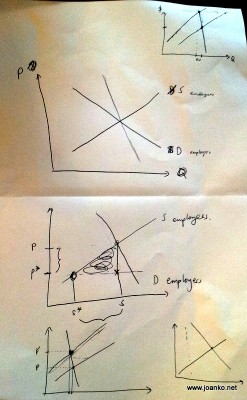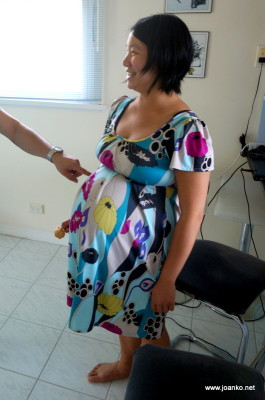I was listening to this talkback show on ABC Radio National’s Life Matters — Fixing Your Face. It was an informative programme about the practicalities of going through medical cosmetic procedures for the face, like Botox, fillers and lifts.
This reminded me of a discussion I had with Damjan. I have a gut reaction against what I consider to be invasive procedures to make people look better. In this, I include teeth straightening through braces, skin lasering/abrasion and even some of the teeth whitening with heavy duty UV.
I can’t explain why I don’t approve of these procedures. Part of it is that I’m judging people for being so concerned about their appearance.
Yet, I too like to look nice. While some people spend thousands on orthodontics, Botox, upper face lifts, liposuction, I will over my lifetime spend thousands on gym memberships, make up, nice clothes, hair cuts.
For some reason, I would be more critical of someone spending hundreds on Botox than I would of someone spending hundreds on a miracle cream. I think, perhaps, my understanding of risk my be affecting my perception.
I expect, though, that Botox is very safe now. Would my feelings on this be different when it gets to the point that you can buy Botox in the department store and inject it yourself, the way you can with teeth whitening kits?
I think I need to re-evaluate my views on surgical cosmetic enhancements and orthodontics that are relatively safe and inexpensive. Either that or come down harder on make up and weight loss programmes.


